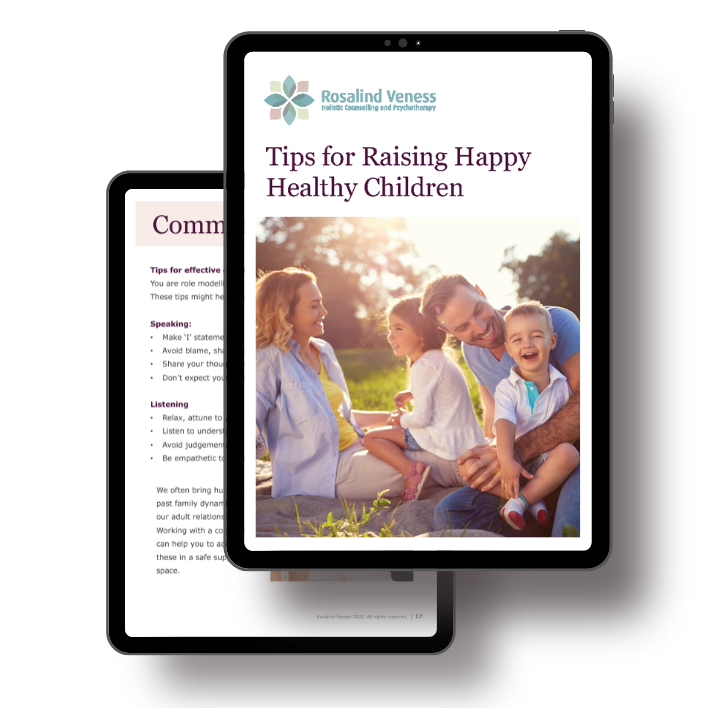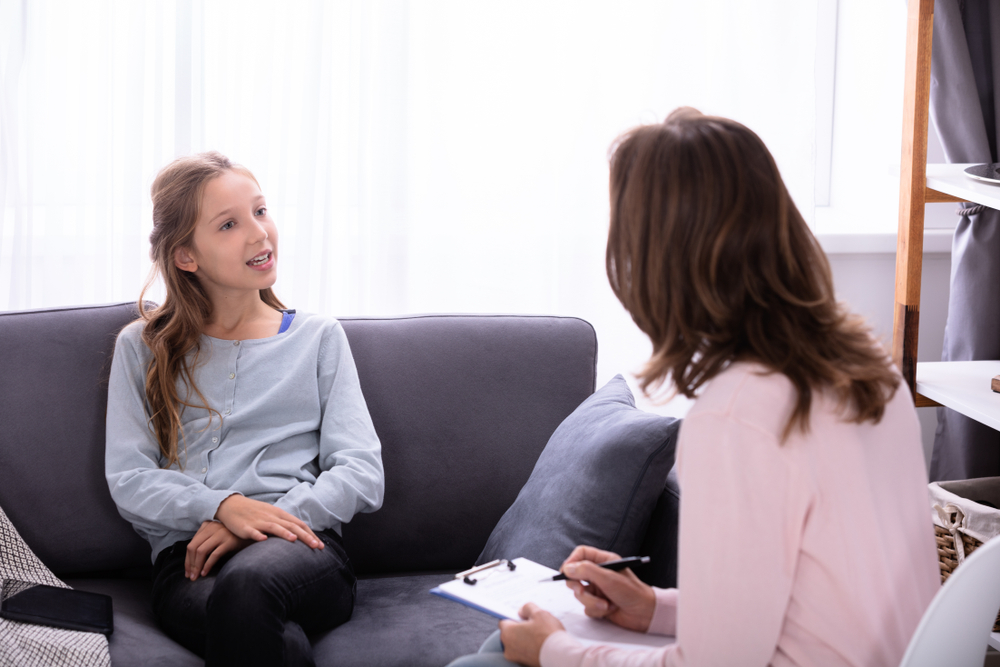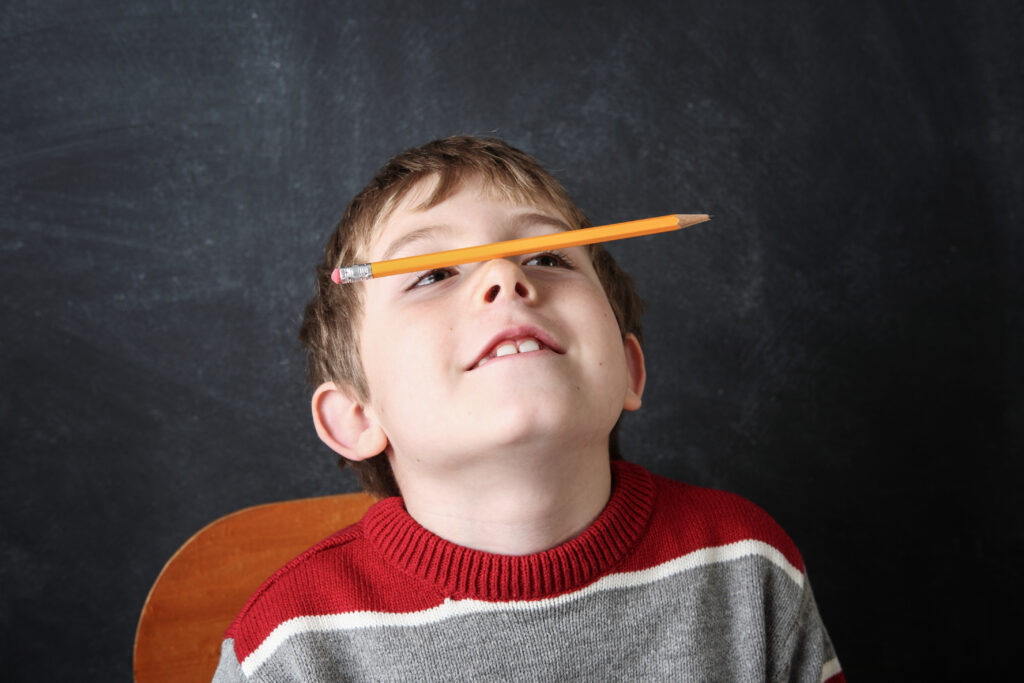
Adolescence is generally considered to be the period between ages 12 to 24. It’s a time when your young person is challenging the status quo, pushing boundaries and starting to question almost everything. The good news is these are normal behaviours, although they may vary in intensity between families, or even individual children.
This is not the Time to Join their Chaos
Just as with young children, this is not a time to join their chaos. Your role is to remain calm and help them ride the waves of unfamiliar and intense emotional swings. Paradoxically, the times when your young person seems to be pushing you away are usually the times when they need you the most.
The teen years are a time of transition. No longer a child, but not yet an adult. Their brains are being rewired in preparation for leaving home and entering into the world of adulthood. They are discovering their passions, learning empathy and compassion, skills necessary for survival in the adult world.
Add pressure from peers and school, and bring anxiety about covid into the mix, and it’s no wonder your teen becomes a bit “touchy”. Some might appear to be continually picking fights with you. Others might retreat into their own safe little world. Both of these reactions indicate you have a young person who is struggling with emotional regulation.
Learning to Self-regulate Behaviour through Co-regulation
As with younger children, the best way to help your teen to regulate their behaviour is by role modelling your own emotional regulation. You have no doubt realised that this is not a time for scoring points. Trying to reason with an emotional and irrational adolescent rarely ends well.
When you feel that emotions are escalating, it is a good idea to take “time out” for yourself. You could do this by suggesting “I just need to take a moment to think”. This will help bring your “thinking brain” back online, so you can respond rather than react.
Deep “belly breathing” is another way to help calm yourself. Try placing one hand on your heart, and one on your belly, then focus on breathing deeply into your body. You should feel your lower hand rising as you breathe in. Exhale slowly, and repeat three or four times. Notice how you now start to feel more in balance.
Identify Your own Emotional Triggers
As you share this period of adolescence with your young person, you might become aware of your own anxiety rising to the surface. Maybe your own teenage years were a bit challenging? Do you recall when you were struggling to find your own identity, yet also trying to “fit in” and be accepted at the same time?
Addressing your own discomfort is often the best way of calming your teenager, and creating harmony in your home.
The Next Step
Often, simply talking-to an empathic listener can be really helpful. Learning more about your own emotional triggers and strategies to address them can ago a long way to creating a more peaceful home.
If you are worried about your teens and would like to talk to an empathic listener, call Rosalind for your free 15 minute chat.

Free e-book download
Tips for Raising Happy Healthy Children

About Rosalind
Since 2005 I have been helping children with learning and behavioural challenges such as autism, dyslexia, ADHD and other sensory processing difficulties. I use an holistic, or whole child approach combining counselling with a development movement program, known as The Extra Lesson. This program addresses underlying immaturities in early development that are contributing to their learning and behavioural challenges. Sessions are available online and at Moruya South Head.




